New ways to detect a bogus coin
Aug 28th, 2007 by capitaladmin
BYU physics student Jeff Brown, who will graduate on Thursday, examines a coin… He says he has created four or five methods for unveiling counterfeits.
Although you may not have all the resources necessary to do this at home it will be a great resource in providing grading service companies to prove the authenticity of the coin you’re grading or insuring. Then again… you may not want to know that the coin you spent your month’s paycheck isn’t worth the plastic it’s been encapsulated in.
Crusty old gold miners in Hollywood Westerns bit into gold to see if they’d found the real thing, but biting down on a possibly rare gold coin is no way to determine if it is genuine or counterfeit. Gold is softer than teeth, so sinking incisors into the precious metal can reveal the real thing, but coins are generally harder and teeth marks damage their value.
The bite test also can deceive: Lead is even softer than gold.
One of the 2,372 Brigham Young University students graduating this week is wrapping up his senior thesis on new methods for testing coins purported to be rare finds. Jeff Brown, who is completing a bachelor’s degree in physics, used a specialized X-ray machine and an electron microscope to study about 50 coins.
“Back in the old days, people really would take a gold coin and bite it to see if it was real,” Brown said. “Now, with the added value these coins have accumulated, biting them ruins them.”
Using the X-ray spectrometer, Brown was able to plot a spectrum of materials in the coins. For example, he could determine how much silver and how much copper was in a purportedly valuable silver coin.
“We knew ahead of time which coins were counterfeit,” Brown said, “which aided in determining the counterfeit method.”
Brown said he created four or five methods for unveiling the fakes. They included using the electron microscope, which allowed him to take a close look at minute changes to mint marks.
Continue Reading »
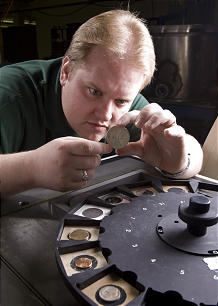
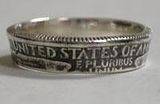 A little more patience or practice with your hammering technique and you could make the ring nice and round with smoother finish. The unintended twist is still a nice decorative touch.
A little more patience or practice with your hammering technique and you could make the ring nice and round with smoother finish. The unintended twist is still a nice decorative touch.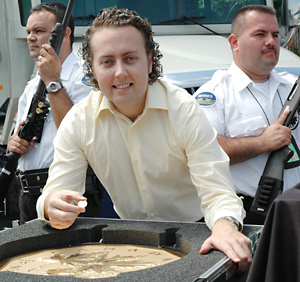
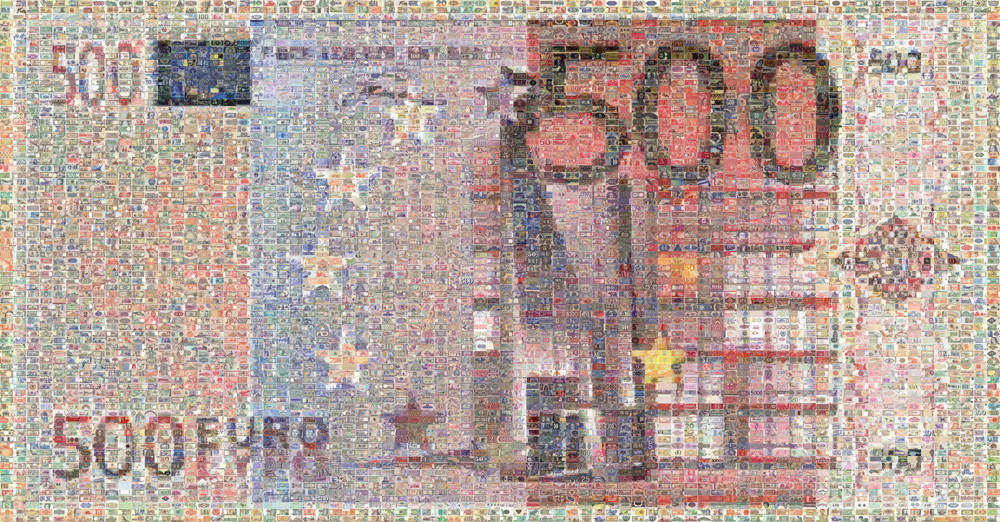
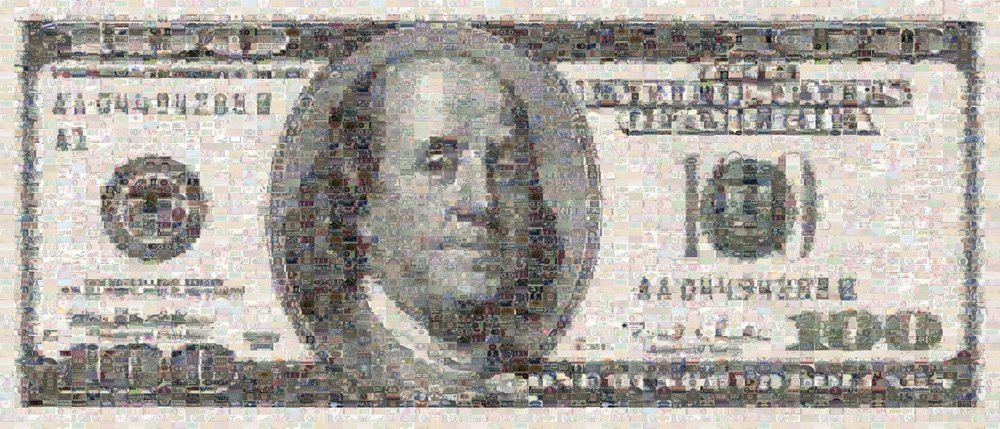
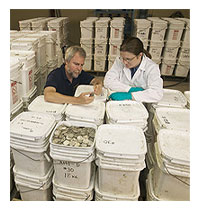
 2007 RCC Coin Show
2007 RCC Coin Show